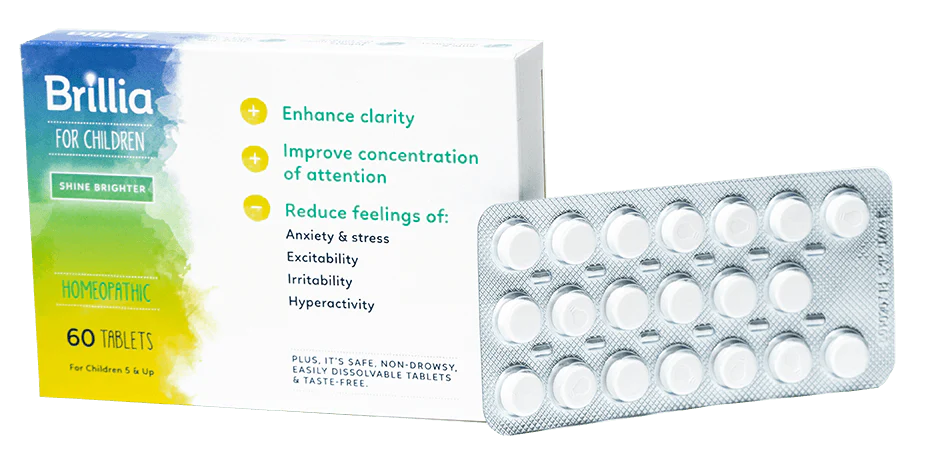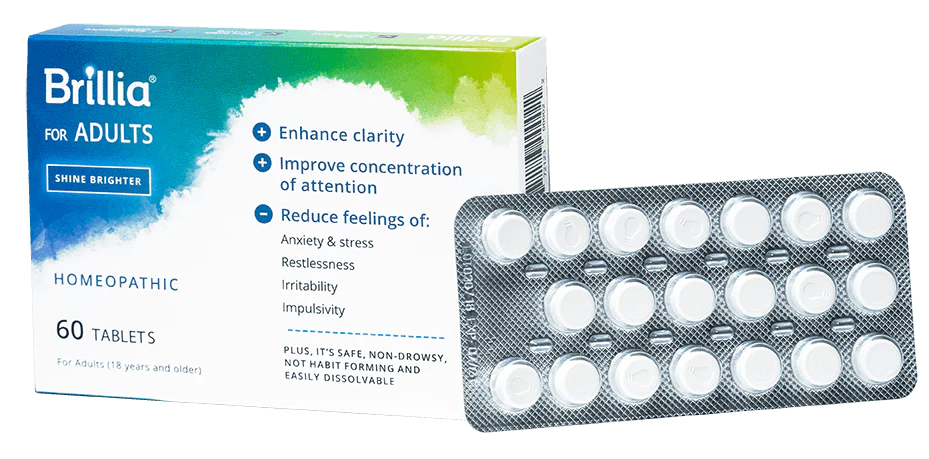When taken as intended, Adderall can help to improve concentration and focus for people with ADHD. However, when the drug is taken by those without ADHD or overprescribed, it can cause a number of undesirable — and sometimes dangerous — side effects. Adderall can also be addictive, leading to even more issues. Find out how to spot overuse of Adderall in your high school or college age child and what you can do to help.
How to Spot Overprescription in Your Child
Consisting of the chemicals dextroamphetamine and amphetamine, Adderall is a stimulant drug that enhances the neurotransmitters dopamine and norepinephrine. When taken by people with ADHD, Adderall can reduce hyperactivity and inattention while helping the user feel calmer and more focused. Even when taken as intended, there are a number of side effects associated with Adderall, such as nervousness, headaches, insomnia, dizziness, and dry mouth.1 There is also some evidence that Adderall can slow a child’s growth.2 The likelihood of these risks significantly increases when Adderall is misused or overprescribed.
Research shows that levels of Adderall abuse, as well as visits to the emergency room due to adverse effects of that abuse, has spiked due to the reputation of the drug as a study aid and euphoria-inducer.3 Over a two-year period, Adderall use among young adults without a prescription rose by 67 percent and ER visits associated with non-prescription Adderall use rose by more than 150 percent.
Equally as troubling is when Adderall is overprescribed too hastily by your child’s physician. Some experts believe that ADHD is generally overdiagnosed, thus leading to a rise in stimulant prescriptions. An article in The New York Times Magazine shows that in the 1990s, an estimated 3 to 5 percent of American children were believed to have ADHD as reported by the CDC; by 2013, that figure was 11 percent and rising.4 In 1990, 600,000 children were on stimulants, and by 2013, 3.5 million children were on them. These numbers are expected to grow at an even faster rate due to so many online sites like Dose and Cerebral offering a diagnosis and prescription in just a few minutes.
Whether your child has been prescribed Adderall or you simply suspect they are using them without a prescription, here are some signs and symptoms to indicate overuse and misuse:
Aches in the Body
When taking Adderall recreationally, your child may go on Adderall binges or take dangerously large doses, forcing their body into an Adderall crash when the drug begins to wear off. This crash is like a mini withdrawal. A common side effect of an Adderall crash is aching in the body.5 If your child is already taking a prescription antidepressant and adds Adderall to the mix, this combination can also lead to serotonin syndrome, which can cause muscle pain as well as other undesirable symptoms like fever, sweating, fast heart rate, and nausea.6
Problems with Balance and Motor Skills
The neurotransmitters affected by Adderall — dopamine and norepinephrine — aren’t just associated with attention and focus; they also help regulate motor control and coordination. One sign of long-term Adderall addiction is the loss of motor control skills like balance and coordination.7
Abnormal Weight Gain or Loss
One of the common side effects Adderall use, even when prescribed, is a change of appetite, leading to weight gain or weight loss. In fact, Adderall is often misused by young people trying to lose weight. If you notice abnormal weight gain or loss in your child, abuse of stimulant drugs like Adderall is one possible reason.
Shine Brighter
Skin Rashes
One task of a competent physician prescribing drugs is to rule out allergic reactions. If your child is taking Adderall when not prescribed, they may experience these unexpected reactions. One allergic reaction caused by Adderall is a skin rash caused by swelling under the skin called angioedema. This may appear as a red rash or hives.8
Talking with Your Child
There’s a difference between your child experimenting with Adderall and being addicted. If you suspect your child is addicted to the drug to the point of endangering themselves or others, neglecting academic, social, and familial responsibilities, or experiencing a decline in mental health (severe depression or suicidal ideation) it’s wise to seek professional help. There are various detox and recovery centers suitable for young people and this will help your child detox safely instead of going “cold turkey,” which can carry its own dangerous side effects. You can also hire a professional to help you stage an intervention, especially if you suspect your child is using Adderall in addition to other substances.
If you suspect your child is experimenting with Adderall, it’s best not to let the situation resolve on its own. Try approaching your child calmly and non-defensively at a time when you know you’ll have their full attention. It’s important you let them know that you’re concerned about the changes you’ve noticed and that you’re on their side to listen and talk out any issues that may have led to the Adderall use. This will keep them from shutting you out or declining use of the drug. Once you know why your child reached for the drug in the first place, you can help them come up with alternative solutions to replace the drug, which may include therapy or other lifestyle adjustments.
Offering Alternatives
Even if your child was prescribed Adderall by their physician, it’s useful for parents to know about alternatives to stimulant drugs if they are concerned about the side effects of Adderall or worried their child may become too dependent on the drug.
According to James H. O’Keefe, MD, a physician at Saint Luke’s Mid America Heart Institute, Kansas City, MO, physicians are “way too liberal” about prescribing stimulants, and parents shouldn’t be “too trusting.”9 He says more education is needed about safe alternatives, such as exercise therapy, nutritional changes, and beyond.
At Brillia, we advocate for a holistic approach, combining a variety of lifestyle changes that can help your child achieve whole-body health while reducing symptoms associated with ADHD and anxiety in the most gentle and impactful way possible. If your child is already taking a prescription medication, Brillia can be safely added to their regimen without worry because there are no contraindications associated with the drug. In fact, some users take Brillia to help reduce the side effects of prescription drugs, such as anxiety and can be used in place of increasing your child’s dosage. Our holistic 5-Pillars include lifestyle changes like following a healthy diet, getting adequate sleep, controlling screen time, and practicing mindfulness. And if parents think their kids need even more support, they can try a homeopathic remedy like Brillia in addition to these healthy lifestyle changes before resorting to prescription drugs like Adderall.
Homeopathic Remedies to Reduce ADHD Symptoms
Brillia is a non-prescription homeopathic remedy designed to reduce ADHD symptoms like hyperactivity, impulsivity, inattention, restlessness, and irritability, without harsh, synthetic chemicals or harmful side effects. The main ingredient in Brillia consists of antibodies to the brain-specific S100 protein (S100B), an important regulator of various different intracellular and extracellular brain processes. By targeting and regulating this protein, Brillia also helps to normalize the level of monoamines (dopamine, norepinephrine, serotonin) in different parts of the brain in a safe and efficient way. And if your child is already taking prescription drugs for ADHD, Brillia can be used as a replacement. Just remember that Brillia is a gentle and cumulative product; we recommend waiting at least 2-3 weeks for the medication to build up in the system before stopping any other medications. And always check with your child’s doctor first before coming off prescription drugs.
Learn more about how Brillia works and find more resources on how to support your child at the Brillia(nce) Resource Center.
Get a whole bunch of support right in your inbox.







